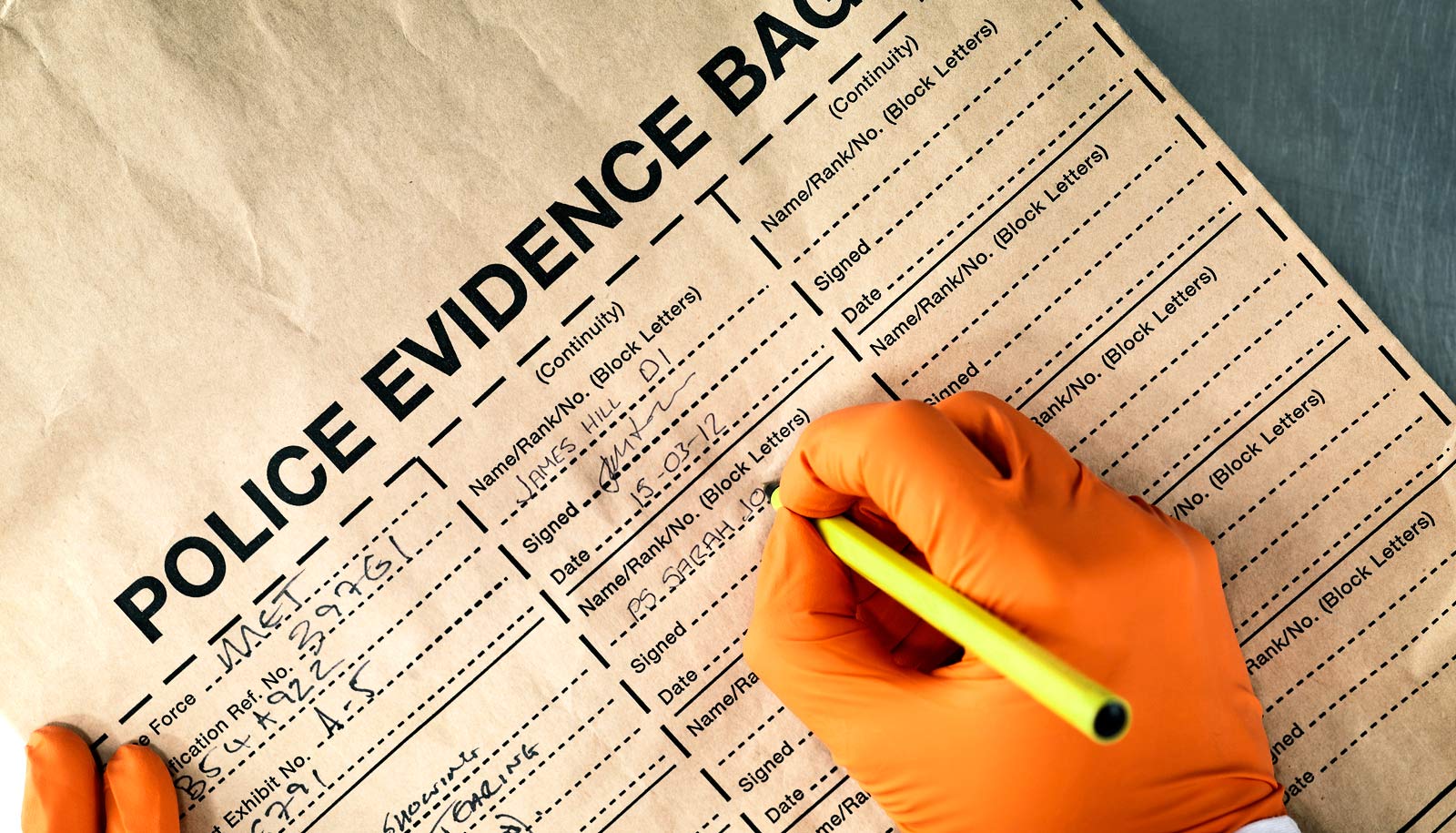Liquid droplets assume complex shapes and behave in different ways, each with a distinct resonance—like a drum head or a violin string—depending on the intricate interrelationship of the liquid, the solid it lands on, and the gas surrounding it.
Droplet movements have implications for all kinds of things, including manufacturing silicon chips and measuring bodily fluids, but until now there was no way of classifying their motion.
Paul Steen, a professor of engineering at Cornell University, and his team have created a periodic table of droplet motions, taking inspiration in part from parallels between the symmetries of atomic orbitals, which determine elements’ positions on the classic periodic table, and the energies that determine droplet shapes.
“The question was, can we put these in some sort of organization that allows us to make a little more sense out of them?” says Steen, lead author of a new paper, which appears in the Proceedings of the National Academy of Sciences.
“The ordering is much like the periodic table of chemical elements,” he says. “We go from higher energy to lower energy, left to right, top to bottom.”
The researchers also saw that the droplet motions could be classified by their distinctive shape symmetries. For example, droplets that form a star-like shape with five points would all be in one group.
“We call them motion-elements,” says Steen, in a nod to the classic periodic table. Each motion element in the new table—which could conceivably have an infinite number of entries, depending on several variables—classifies a single mode of a droplet’s motion. “You can use combinations of these to understand motion-molecules.”
In the study, Steen’s team discovered the first 35 predicted motion elements for water droplets vibrated on a surface with an angle of contact of about 60 degrees.
Potential applications for this periodic table, which could help researchers understand where a droplet comes from, could include crime-scene forensics, Steen says. Analysts could apply the table’s classifications to blood and the applicable surface to identify the energies involved, and then better infer what might have caused certain spatter patterns.
“Once you recognize what a particular motion can be decomposed into, it tells you more about where it originated,” he says.
The National Science Foundation partially supported this funding.
Source: Cornell University



